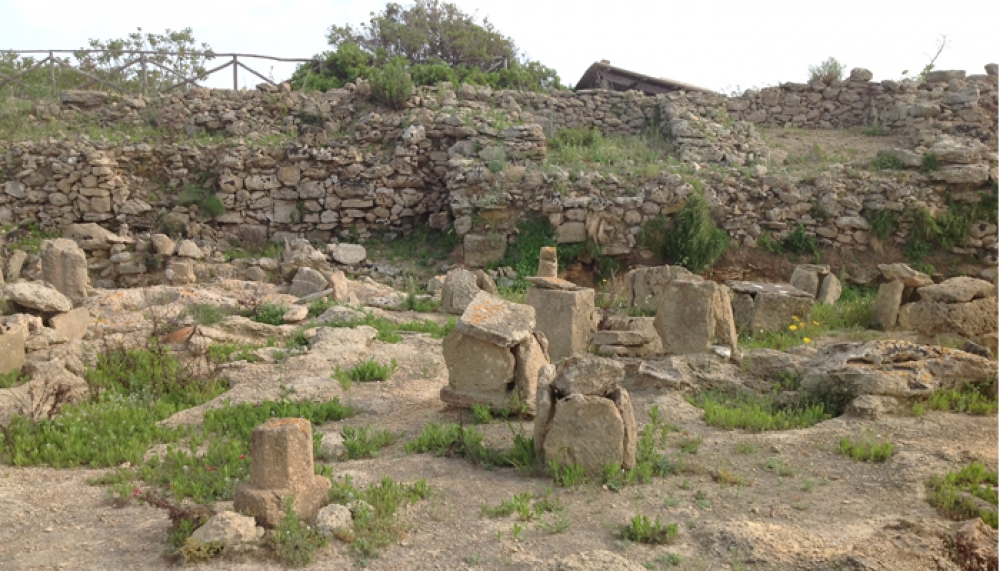An itinerary that combines history e archaeology with trekking immersed in an amazing lanscape! In this case we are in the area of the “Stagnone” lagoon, one of the most important humid areas in southern Europe. Before taking the boat to the island of Mothia we will see the salt pans with the romantic windmills. Once on the island, we will hike through the archaeological site to discover the history of the most important Phoenician site in Sicily.
- How to book: call or send a WhatsApp message to the number +39-320-9593171
- Meeting time: to be arranged according to your needs, subject to my availability
- Meeting point: to be agreed upon
- Duration: 3-4 hours approx.
What’s included?
Guided tour with a professional tour guide
What’s extra?
- Entrance ticket
- Ferry to reach the island
What to bring
- Comfortable sportswear in layers
- Comfortable shoes (trekking or sneakers - No flipflops!)
- Long trousers
- A backpack for your personal items
- Trekking poles (not essential but useful)
- Water and snacks
In summer: Sunglasses, Sunscreen, Summer hat
In winter: Winter hat + scarf/neck warmer, A rain/wind jacket, A change of clothes in case of rain
Important information
Soft guided hiking leading to archaeological wonders; recommended for active and healthy people who enjoy hiking
Not suitable for small children or anyone with walking difficulties
Information about Mothia
The island of Mothia is a significant Phoenician archaeological site. Located within the natural reserve of Stagnone lagoon (in the territory of Marsala), it is immersed in a landscape that intertwines nature and civilization, where time seems to stand still. In addition to the archaeological site, there is a small museum where you can admire, among other things, the wonderful marble statue of the “youth of Mothia”. During embarkation, you will have the opportunity to admire the salt pans of the Stagnone, an example of the exploitation of the natural resources of the area in harmony with nature, featuring their characteristic windmills and "munzedda" (piles) of salt.



